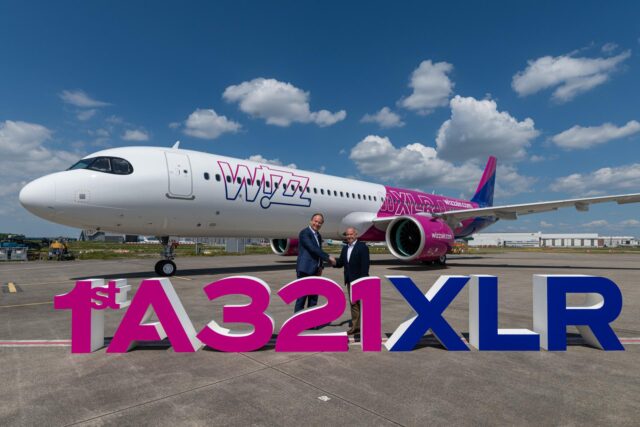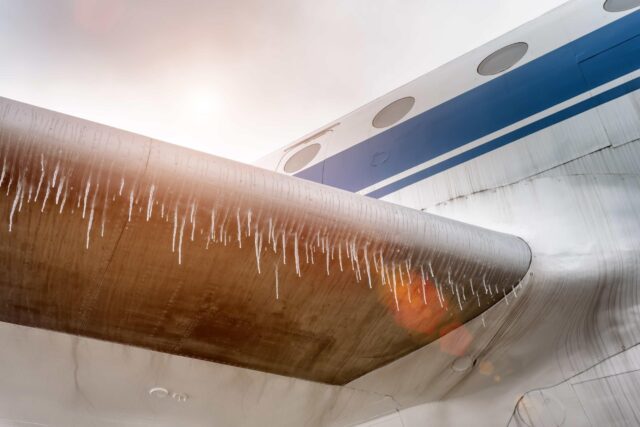Inside HAL: how India’s aerospace giant is driving self-reliance from fighters to space

October 17, 2025

The maiden flight of the first Nashik-built Tejas Mk1A today marked more than a manufacturing milestone. For Hindustan Aeronautics Limited (HAL), it was a public demonstration that India’s aerospace ambitions are no longer constrained by dependence on foreign designs.
For decades, HAL assembled aircraft under licence, from MiGs and Jaguars to Sukhois and Hawks. Today, it is emerging as the strategic backbone of India’s self-reliant defence industrial base, building fighters, helicopters, trainers, and even space vehicles under one roof.
“For the first time, Nashik is producing an aircraft that is entirely designed and developed in India,” HAL chairman and managing director Dr D K Sunil tells AGN. “This is not just an industrial success, it’s a statement of how far our domestic ecosystem has come.”
In an exclusive interview with Aerospace Global News, Dr Sunil outlined how HAL is scaling production, deepening private-sector partnerships, and expanding into new domains from unmanned systems to space launch.
HAL scales India’s fighter aircraft production ecosystem
HAL now operates three Tejas production lines, two in Bengaluru and one in Nashik, capable of producing 24 Mk1A aircraft annually by FY 2026–27. The Nashik line, built with an internal investment of ₹500 crore, adds eight aircraft a year and already has three in various stages of assembly.
“We are well-positioned to achieve full-rate production by the end of FY 2026–27,” Dr Sunil confirmed. “The key bottlenecks we faced earlier—supplier maturity and tooling—have been resolved. We’ve invested in new infrastructure and tightened integration timelines across our partners.”

The Tejas Mk1A fleet underpins the Indian Air Force’s (IAF) fighter modernisation, with 83 aircraft already on order and another 97 planned. For HAL, however, the programme’s true significance lies in the industrial architecture it has created: a distributed manufacturing ecosystem involving more than 200 suppliers and SMEs across India.
“Private participation is key,” Dr Sunil emphasised. “We’re no longer working in isolation. The future of Indian aerospace lies in public–private synergy, where HAL provides the systems backbone and industry builds around it.”
HAL expands indigenous aircraft portfolio beyond Tejas
HAL’s fighter programme sits at the centre of a diversified portfolio that spans the full training and rotary-wing spectrum.
- HTT-40 basic trainer: Two production lines in Bengaluru and Nashik will deliver 12 aircraft next year and 18–20 annually thereafter, fulfilling the IAF’s order for 70 units by 2029.
- LCH ‘Prachand’: A combined 156 aircraft (90 for the Army, 66 for the Air Force) are on order, with full-rate production at Tumakuru set to reach 35 helicopters a year from FY 2027–28.
- HJT-36 ‘Yashas’ and HLFT-42: These will complete HAL’s indigenous pilot-training ladder—from basic to advanced and lead-in fighter training.

“Our goal is to provide a seamless, all-Indian training ecosystem,” Dr Sunil explained. “From first flight to frontline service, a pilot can now train entirely on aircraft designed, developed, and built in India.”
HAL is also developing an armed variant of the Yashas for export customers, offering what Dr Sunil calls “a cost-effective, versatile platform for nations seeking both training and light combat capabilities.”
CATS Warrior loyal-wingman drone moves toward first flight
HAL’s next frontier is autonomous airpower. The Combat Air Teaming System (CATS) Warrior, a two-ton loyal-wingman unmanned combat aerial vehicle, is designed to fly alongside the Tejas and Su-30MKI in manned–unmanned teaming (MUM-T) formations.
“CATS Warrior represents a major leap in India’s unmanned combat capability,” Dr Sunil said. “We have completed full-scale ground testing and are moving into prototype manufacturing.”

The aircraft, featuring low observability and indigenous subsystems such as engines, actuators, and landing gear, is expected to fly by 2026.
“Once airborne, Warrior will showcase autonomous teaming and networked operations,” he continued. “This will be the foundation of future Indian air combat.”
The programme places HAL among a small but growing group of OEMs developing AI-enabled loyal wingmen, a class of aircraft already being pursued in the US, UK, and Australia.
HAL and Safran drive India’s aero-engine self-reliance roadmap
Few areas test self-reliance like propulsion. HAL’s Koraput Division, which produces and overhauls AL-31FP engines for the Su-30MKI, has reached 54% indigenous content and aims to push that above 60% through partnerships with DMRL, MIDHANI, and private vendors.
“We’ve already delivered the first of 240 AL-31FP engines ahead of schedule,” said Dr Sunil. “This shows India can not only manufacture complex engines but do so efficiently and competitively.”
Meanwhile, HAL’s joint venture with Safran is developing the Aravalli turboshaft for the Indian Multi-Role Helicopter (IMRH), while also producing forged components for LEAP engines used on the A320neo and 737 MAX.
“Global partnerships bring technology and process excellence,” Dr Sunil said, “but indigenous R&D gives us sovereignty. HAL’s roadmap balances both—learning, absorbing, innovating, and eventually leading.”
HAL enters space launch market with ISRO’s SSLV programme
HAL’s ambitions now extend beyond the atmosphere. Having won a ₹5.11-billion bid to commercialise ISRO’s Small Satellite Launch Vehicle (SSLV), the company will act as prime systems integrator for low-Earth-orbit missions.

“The SSLV programme marks HAL’s entry into the global commercial launch market,” Dr Sunil said. “We are absorbing and indigenising the technology while establishing reliable, cost-effective launch services.”
HAL will handle mission assurance, vehicle integration, and launch operations, with sub-systems subcontracted to Indian industry partners. The project aligns with India’s NewSpace reforms and the surge in global demand for small-satellite launches, positioning HAL as a potential player in the commercial launch market alongside ISRO and private firms.
Tejas and LCH exports supported by global hubs
HAL’s platforms have drawn growing interest from Southeast Asia, Africa, and Latin America, particularly for the Tejas and LCH Prachand. The company plans to establish export hubs providing end-to-end support, including local training, spares, and MRO facilities, to make these programmes sustainable abroad.
“Exports today are about long-term partnerships, not just deliveries,” Dr Sunil emphasised. “Our goal is to ensure that every aircraft we sell stays mission-ready throughout its lifecycle.”
This reflects a shift from transactional sales to sustained service ecosystems, echoing Western OEM models but adapted to India’s cost and production advantages.
A strong order book and investment plans for future growth
HAL’s order book now exceeds ₹1.2 trillion ($13.6 billion), with ₹150 billion earmarked for capital investment over five years. Despite rapid diversification, the company remains zero-debt and continues to pay healthy dividends.
“Funds will never be a constraint for our growth,” Dr Sunil stated. “We have the liquidity to invest in new technologies, infrastructure, and R&D from internal accruals alone.”
That confidence is underpinned by robust state backing and deliberate diversification into civil aerospace, advanced manufacturing, and automation.
“HAL is evolving from a defence manufacturer into a comprehensive aerospace OEM,” he added. “Our journey is about transformation—on the ground, in the air, and now, beyond the skies.”

HAL’s resurgence mirrors India’s broader industrial awakening. As the company scales from Tejas fighters to SSLV launchers, it is redefining what a state-owned aerospace enterprise can be: technically sophisticated, globally competitive, and commercially agile.
The Nashik-built Tejas may have captured the headlines, but the bigger story is the institution behind it: a national champion whose success now underpins India’s ambitions for technological sovereignty and export influence alike.
“We are building the foundation for India’s future in aerospace,” Dr Sunil reflected. “HAL’s growth is the country’s growth.”
















